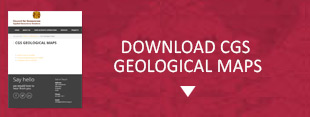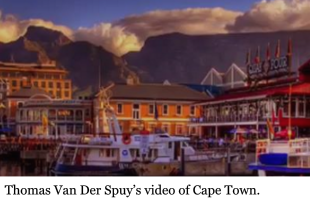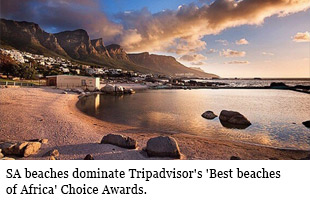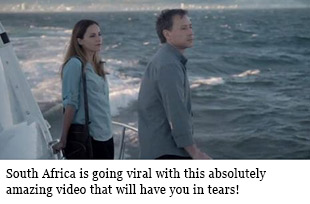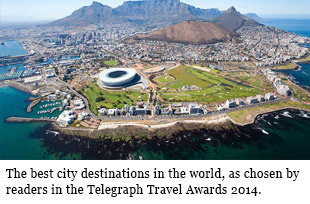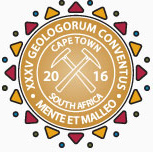
35TH INTERNATIONAL GEOLOGICAL CONGRESS
27 AUGUST - 4 SEPTEMBER 2016 | CAPE TOWN, SOUTH AFRICA
Sponsors
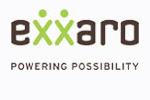


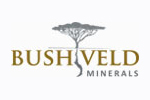

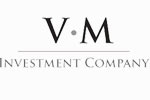
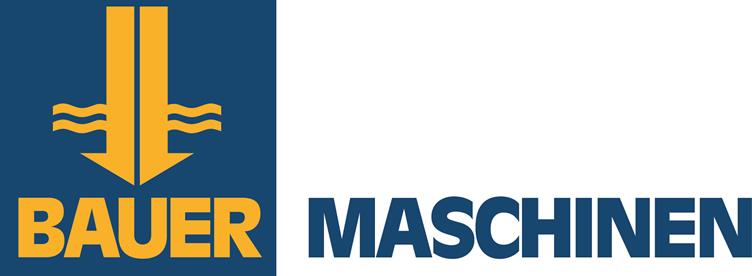










35 IGC SAGPGF





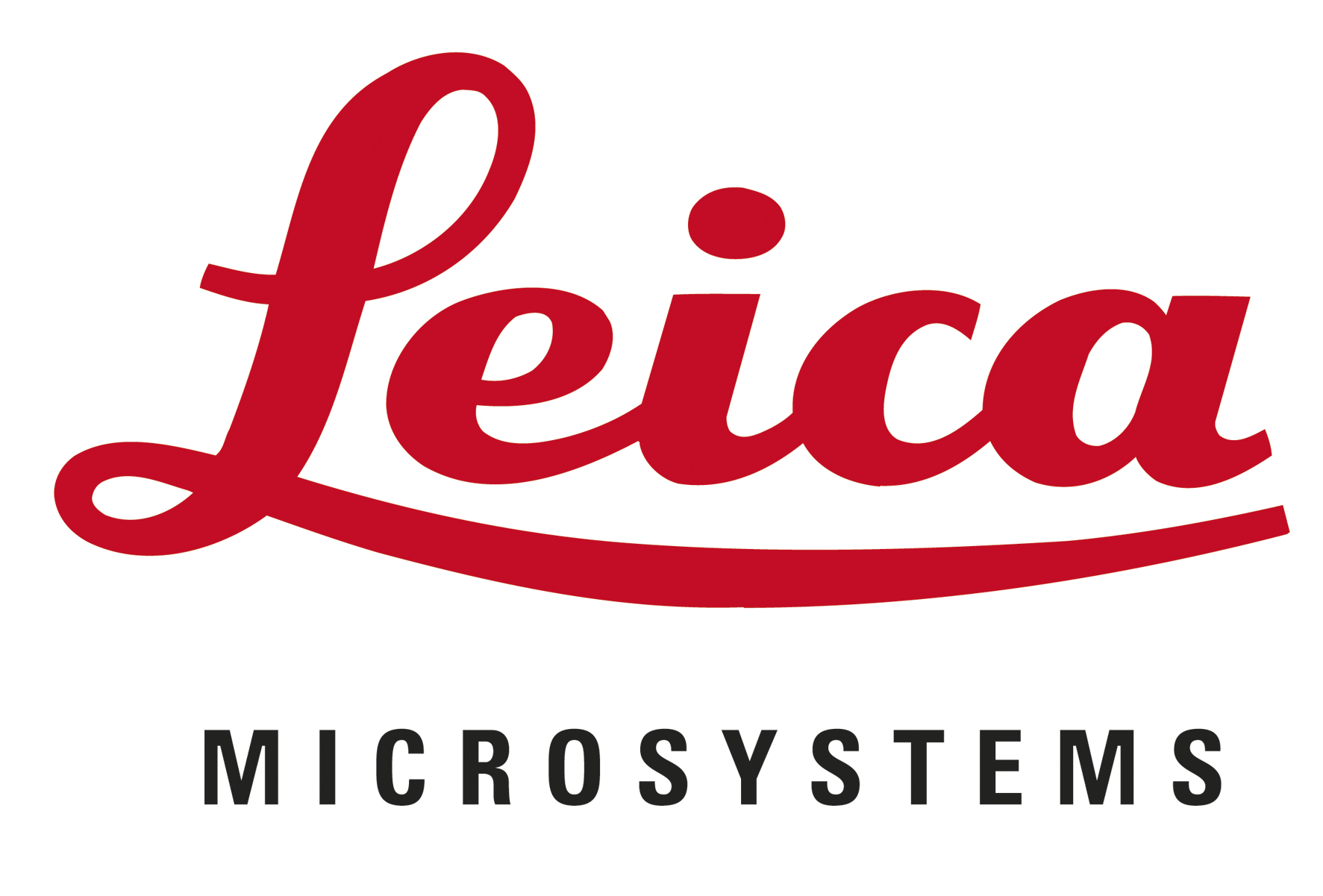
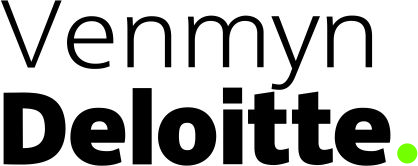
35TH INTERNATIONAL GEOLOGICAL CONGRESS
27 AUGUST - 4 SEPTEMBER 2016 | CAPE TOWN, SOUTH AFRICA
My IGC
ODPre2 - Central Witwaterstrand Geology, Historical Mining and Environment 1 day tour
A one day pre-congress field trip across the central Witwatersrand plateau was designed to give the eight participants an introductory overview of the outcrop of the world’s greatest goldfield from which the city of Johannesburg developed.
A number of key exposures were examined including the lowermost Orange Groove quartzite layer of the Witwatersrand succession which directly overlies Archaean granite-greenstone Basement and forms the northern scarp face of the plateau. The magnetic banded iron formation marker layer known as the Contorted Bed within the lower Witwatersrand strata was examined and its importance with respect to the discovery of hidden extensions to the Witwatersrand basin and auriferous reefs was discussed. The lowermost of the gold-bearing conglomerate layers, the Main Reef and Main Reef Leader conglomerates were examined at the Langlaagte discovery site and at the earliest mining site in Johannesburg (Ferreiras stope). The uppermost of the conglomerates forming the southern edge of the Wits plateau were also visited. From this locality on excellent view of the overlying Ventersdorp lava forming the Klipriversberg range south of Johannesburg was obtained.
A number of historical buildings were seen in downtown Johannesburg and we visited the mansion (Northward house) of one of the Randlords, entrepreneurs who pioneered the huge gold mining industry that has played such on important role in the development of South Africa.
The trip was eventfull with one of our group having a bad fall and having to receive stitches. At Langlaagte we encountered a number of Zama Zama’s (illegal miners) who were making use of the old decline to access the underground workings. After some discussion with the head man (the only one with a hard hat) and assuring him that we were only interested in seeing the reef outcrop and not their activities, we were able to get a closer look after being assured that they wouldn’t cause us any trouble. We observed the night shift going underground by sliding down the decline shaft on their behinds with a lamp attached to a woollen cap. I assured our group that this is not exactly the way we do mining on the Witwatersrand today. Sadly three of the Langlaagte Zama Zama’s died as a result of carbon monoxide poisoning underground at Langlaagte one week after our visit and this has again focussed attention on the widespread problem of illegal mining currently taking place in South Africa.
The trip was enjoyed by all, who appreciated the broad impression they gained of the whole Witwatersrand story. Finally my thanks to Alison Blackhurst who assisted me on the trip and to Neil Viljoen for his entertaining introduction to Northward house.
 Field trips
Field trips  Sponsorship & expo
Sponsorship & expo  Registration
Registration Tours
Tours  Promotion
Promotion 

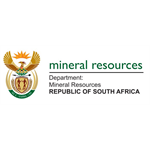












 Conference Programme
Conference Programme  Field trips
Field trips  Sponsorship & expo
Sponsorship & expo  Volunteer
Volunteer  GeoHost
GeoHost  Registration
Registration Tours
Tours  Promotion
Promotion  Publications
Publications


